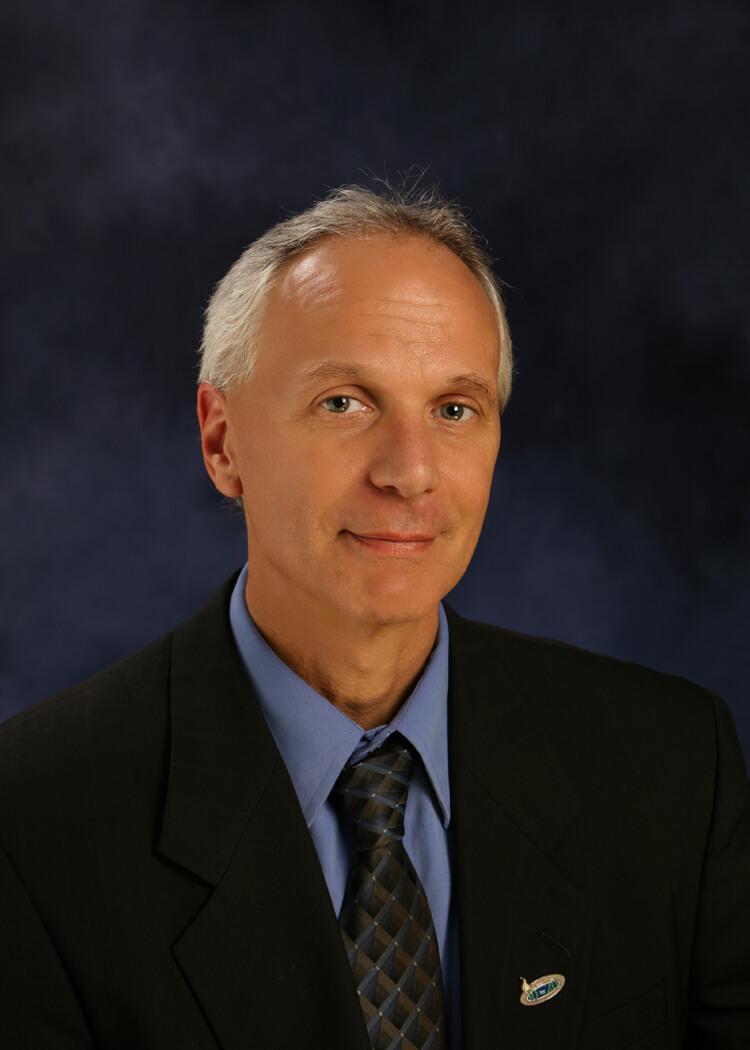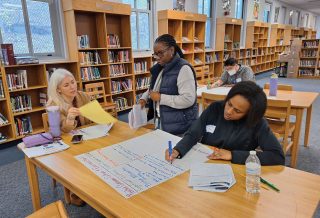IDEAS
Missouri students benefit from principals’ leadership development
By Paul Katnik
Categories: Data, Leadership, Outcomes, System leadershipJune 2024
Read the remaining content with membership access. Join or log in below to continue.
Sed ut perspiciatis unde omnis iste natus error sit voluptatem accusantium doloremque laudantium, totam rem aperiam, eaque ipsa quae ab illo inventore veritatis et quasi architecto beatae vitae dicta sunt explicabo. Nemo enim ipsam voluptatem quia voluptas sit aspernatur aut odit aut fugit, sed quia consequuntur magni dolores eos qui ratione voluptatem sequi nesciunt. Neque porro quisquam est, qui dolorem ipsum quia dolor sit amet, consectetur, adipisci velit, sed quia non numquam eius modi tempora incidunt ut labore et dolore magnam aliquam quaerat voluptatem.
References
Blad, E. (2023, July 31). What new data show about principal turnover. Education Week. www.edweek.org/leadership/what-new-data-show-about-principal-turnover/2023/07
Cieminski, A. & Asmus, A. (2023, February). Principal turnover is too high. Principal supervisors can help. The Learning Professional, 44(1), 34-38.
Gates, S.M., Baird, M.D., Master, B.K., & Chavez-Herrerias, E.R. (2019). Principal pipelines: A feasible, affordable, and effective way for districts to improve schools. RAND Corporation.
Grissom, J.A., Egalite, A.J., & Lindsay, C.A. (2021). How principals affect students and schools. The Wallace Foundation.
Leithwood, K., Louis, K.S., Anderson, S., & Wahlstrom, K. (2004). How leadership influences student learning. The Wallace Foundation.
Missouri Department of Elementary and Secondary Education. (2020). Missouri Leadership Development System. dese.mo.gov/media/pdf/oeq-ed-mldsexecutivesummary

Paul Katnik is the assistant commissioner of the Office of Educator Quality. Katnik has been in education for over three decades working with children of all ages, K-12, as both a teacher and a building principal. He has served at the Missouri Department of Education for over nearly 20 years, and has been instrumental in coordinating the state model Educator Evaluation System, revising teacher and leader preparation programs, developing the state’s Educator Equity Plan, and creating the Missouri Leadership Development System.
Categories: Data, Leadership, Outcomes, System leadership
Recent Issues
NAVIGATING NEW ROLES
April 2025
Whether you’re new to your role or supporting others who are new,...
LEARNING DESIGNS
February 2025
How we learn influences what we learn. This issue shares essential...
BUILDING BRIDGES
December 2024
Students benefit when educators bridge the continuum of professional...
CURRICULUM-BASED PROFESSIONAL LEARNING
October 2024
High-quality curriculum requires skilled educators to put it into...











